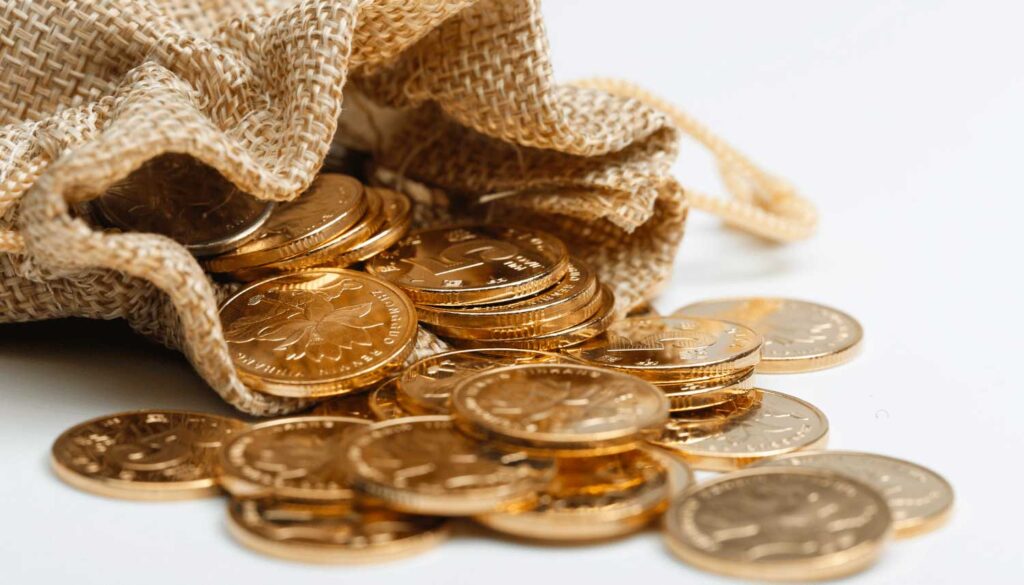In a final poll at the Second edition of the Dubai Precious Metals Conference 63 per cent of delegates thought gold was heading towards $3,000 by 2014 and 37 per cent voted for a tumble towards $1,000. The vote followed a lively discussion between the conference’s leading bulls and bears.
Gold guru Andy Smith came out of retirement for the event with a powerful statement of how the accumulated costs of entitlements created by democratic governments would bring the world’s financial system to its knees with debt.
Debt implosion?
Sharps Pixley CEO Ross Norman also focused on the high cost of accumulated debt and how this would spill over into an ever higher gold price. He reckoned some kind of unexpected economic event would finally trigger much higher gold prices in the near future with US debt at 380 per cent of GDP.
Hedge fund manager Christoph Eibl, whose Tiberius Group has $2 billion under management, recalled how lonely he felt as a gold bull in 2001 when nobody wanted to know about gold. Now he found gold widely held by institutions and investors not considering any more additions to their holdings.
From Precious Metals Insights, Philip Klapwijk argued that there is a surplus of around 2,200 tons of gold being produced above demand at present, and that after allowing for 500 tons for the central banks that still means finding investors for 1,700 tons or $90 billion worth of gold each year.
Perhaps this split was to be expected with the gold price up from $250 in 2001 to $1,582 as these gentlemen spoke. This is a 650 per cent rise and after such a run there will always be a divide between those who think that the best is over and it might be best to cash out and those who reckon another leg higher is not hard to envisage.
Bulls win
On balance the generally fairly skeptical Dubai Precious Metals Conference audience voted in favor of the bullish case. That would mean a renewal of the upward momentum that has been stalled for the past 18 months with prices moving lower and sideways.
Still the main drivers of the gold price have not gone away although the financial world does seem better at absorbing shocks. What does it take to send gold higher? A strike by North Korea? Another crisis of confidence in financial markets? Or just a proper consideration of what $1.4 trillion per annum in money printing from the Bank of Japan means for a money that cannot be printed?
Posted on 08 April 2013 – Arabian Money






